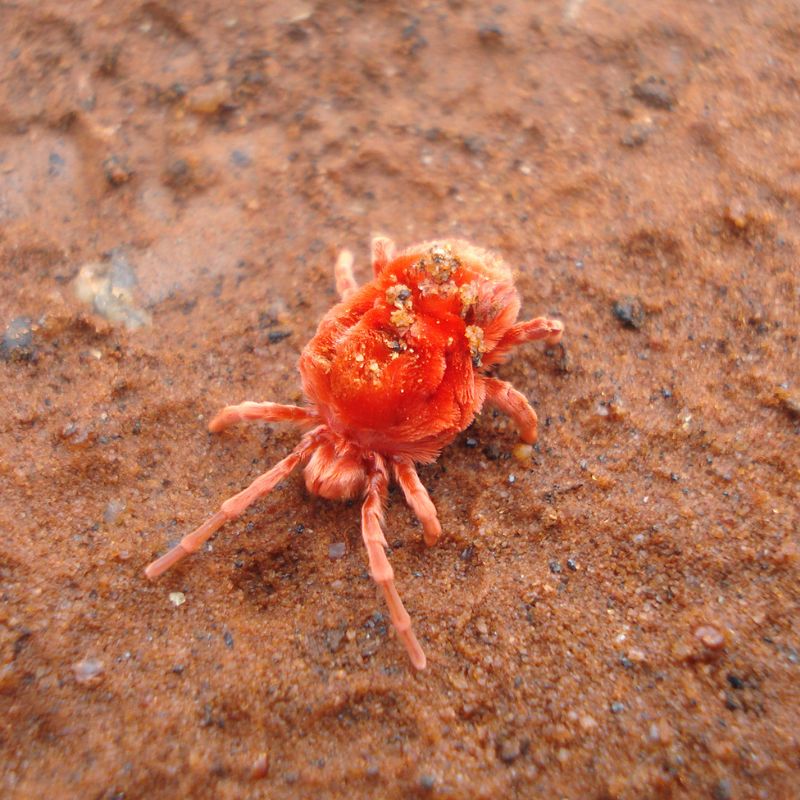Chickens
How to Deal with Mites and Lice in Chickens
Are you noticing signs of mites and lice bothering your beloved chickens? These pesky pests can quickly become a nuisance and pose health risks to your flock if left unchecked.
Understanding the Source
Mites and lice often find their way to chickens through other living species, such as birds native to your area, which carry these parasites. It’s crucial to recognise that these pests come in various types, each with its own effects on your chickens.
Red Mites
These are the most common type, often hiding in dark spots within the coop during the day and emerging at night to feed on your chickens. Red mites can lead to anaemia in your flock if not addressed promptly. Utilise treatments like Pestene and thorough coop cleaning to combat them effectively.
Northern Fowl Mites
These mites spend their entire lives on chicken bodies, leading to significant negative effects if left untreated. Maintaining a clean coop environment and removing potential attractions for wild birds and rodents can help prevent infestations.
Scaly Leg Mites
These tiny mites can’t be seen with the naked eye but leave noticeable effects on your birds’ feet, causing discomfort and potential spread if untreated. Regular coop cleanliness and quarantine protocols for introducing new birds are essential preventive measures.
Shaft Lice
Common in Australia, shaft lice move quickly and have distinct mustard-coloured skin. Providing dust bathing areas for your chickens and using remedies like diatomaceous earth or Pestene powder can effectively eliminate them.

Differentiating Between Mites and Lice
While both mites and lice are small pests, they have distinct characteristics and behaviours.
Mites feed on the blood of chickens and can be found throughout the coop, while lice prefer to consume debris and skin scales found in feathers.
Despite their differences, both can harm your chickens’ health and require prompt action.
Symptoms of Mites or Lice in Chickens
Early detection of mite or lice infestations is crucial for effective treatment.
Watch for signs such as increased scratching or pecking, feather loss, and restlessness in your flock.
Check for pale combs and wattles, as well as visible parasites on the skin or feathers. If you notice scabs or lesions on your chickens’ skin, particularly around the vent area or under the wings, it could indicate a mite or lice infestation.
Additionally, observe any changes in egg production or overall behaviour, as infestations can cause stress and decreased productivity in your chickens.

Taking Action for Prevention
Taking proactive steps to prevent mite and lice infestations is vital for maintaining the health of your flock.
First and foremost, establish a regular inspection routine to monitor your chickens and their living environment for any signs of mites or lice.
Conduct thorough examinations of both the birds and the coop structure, paying close attention to dark, secluded areas where these pests commonly lurk.
Next, prioritise cleanliness and hygiene within your chicken coop to create an inhospitable environment for mites and lice. Implement a stringent cleaning regimen that includes regularly removing bedding, scrubbing surfaces, and disinfecting equipment to eliminate potential breeding grounds for parasites.
Also seal any openings to prevent entry by wild birds or rodents.
Prioritising the health of your flock and feeding them a balanced diet can help boost their immune system and deter parasites naturally.
Stay informed about new prevention methods and adapt your approach as needed to protect your flock from these pesky parasites.




Do your best to eliminate wild birds from the area where your flock is – cover runs with mesh so they can’t get in. Provide a dust bathing area for your ladies, they will love you for it and keep down the ‘undesirable residents’ themselves.
Possibly the most abused chemical in use with chickens currently is Ivermectin. I must have read hundreds of posts about folks treating their birds There is no doubt that it is effective against mites and lice, but it is not approved for use in poultry. It has not been tested on birds that are a meat or egg laying flock. It can be administered with a veterinarians’ approval, but this is based on clinical judgement.
There is no doubt that it is effective against mites and lice, but it is not approved for use in poultry. It has not been tested on birds that are a meat or egg laying flock. It can be administered with a veterinarians’ approval, but this is based on clinical judgement.
With that being said, DE can be used in an area that chickens use for their dust baths. They naturally enjoy the silty texture of DE and will happily bathe in it themselves if it is made available to them.
We have had so much rain and our chickens are finding it difficut to stay dry. Are they more suseptable to mites when wet? We have noticed them grooming each other today?
Ours have mites and we are treating but we concerned they ve gotten on the dog. He s a maremma. Have you had any experience with treating the mites on other pets?
If the weather is warm enough and the bird is infested enough, you can give your chicken a bath with a dog flea shampoo that contains pyrethrins. You can also use a spray to treat the vent and other parts of the body, but make sure you part the feathers and get it to the skin.